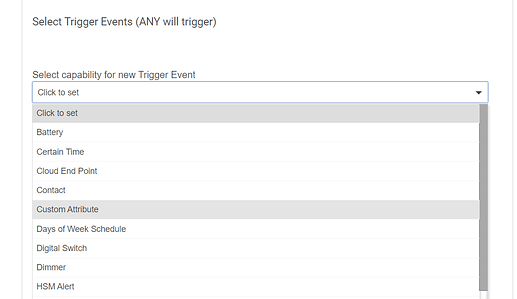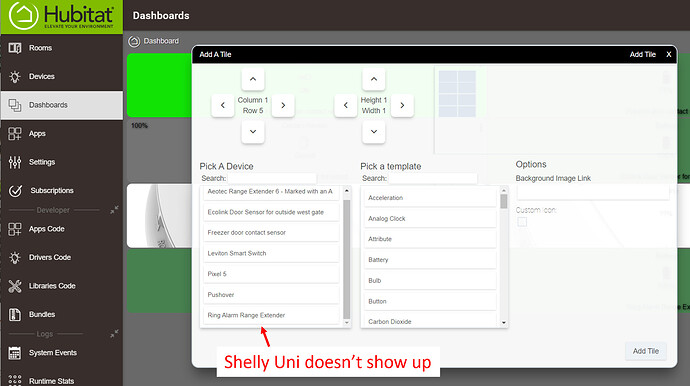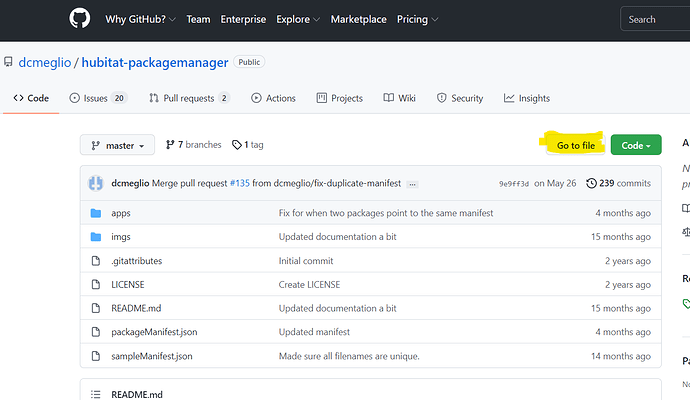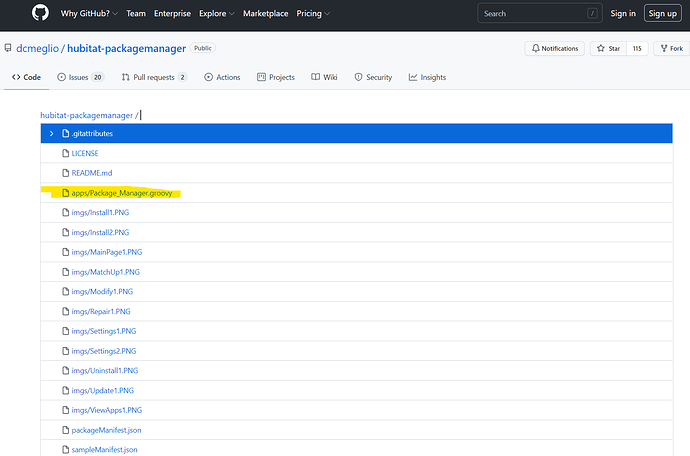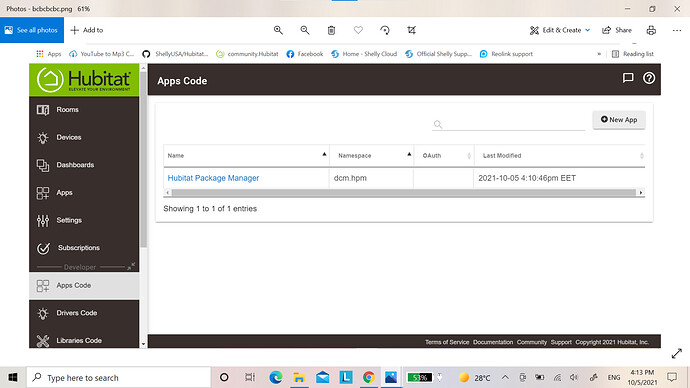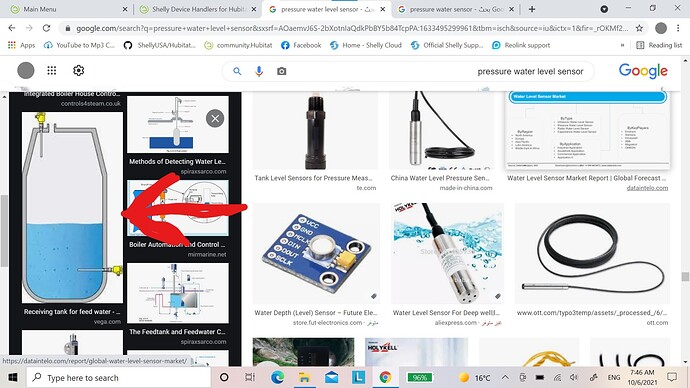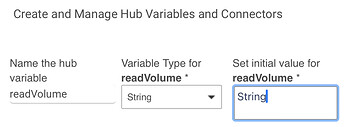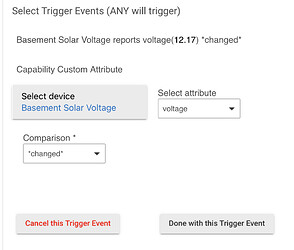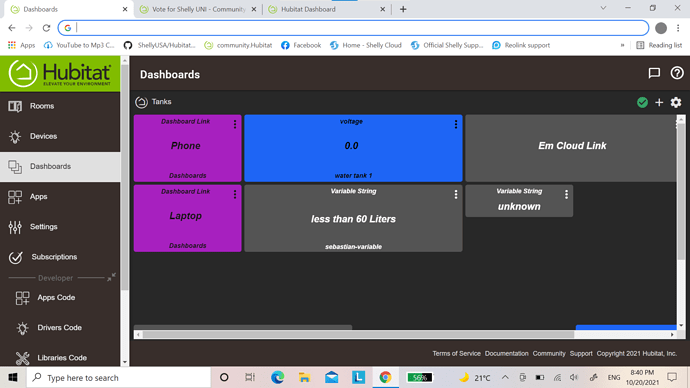Sure!
First, you will need to create a variable to store this information:
Settings -> Hub Variables -> New Variable
Once you have created it, you will see “Connector” in the “Connector” column. Click on the text and it will create a connector variable which you can then use to add it to your dashboard.
Then, go to Rule Machine and create a new rule.
Under “Trigger”, you will want to indicate what will make the rule run, what will trigger it. You will chose the Shelly UNI device’s voltage attribute, and have it trigger each time the voltage changes:
The next step will be to create the Actions that will run. This is where you will add your conditional (if) statements:
Under that conditional statement, you will store the text you want displayed in the variable you created above:
You will then create some alternate conditions using “Else-If” to have it display different message between the next voltage values:
Under that alternate conditional statement, you will store the text you want displayed in the variable:
When you added all your finished your rule, add an end-if.
You can also add an “ELSE” statement at the end instead of your last “ELSE-IF” condition.
After this is done, you can add your variable to a dashboard of your choice. Since it was created as a connector, it will be available in your device list. When the variable changes, the connected device will also change.



